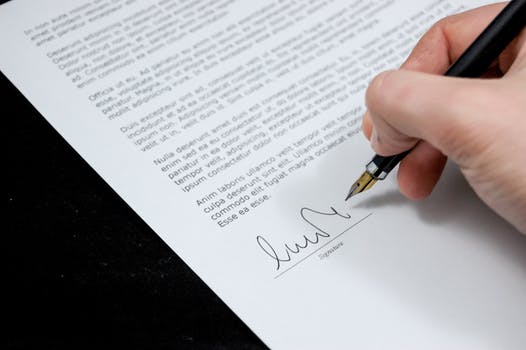
There are certain rules that you have to follow when writing a business letter. This is because you want to relay an image of professionalism, thus, etiquette is key. Writing an official letter to a man is easy, but when it comes to a woman, it gets a bit complicated.
Some of the rules that you will have to follow is a tone that is formal, and it should also include a salutation that is specific to whomever you are writing to. Here, making a mistake could make or break your relationship with your business partner.
Here are incredible tips to help you hack that business letter:
Marital Status
If you know the marital status of the female recipient, then kindly include it. If she is single, then use “Miss or “Ms.” for the titles just before her surname. If the woman is married, then you can use titles such as “Ms.” or “Mrs.” Some of them usually make use of their husband's name; then, in this case, you will add the title before that name.
These titles are used on various occasions for a reason. “Mrs.”, for instance, is used to refer to a married woman, while for either married or single the title, “Ms.” is used.
We would like to emphasize that you should only use this if you are sure of the marital status of the recipient and that you know whether or not she uses her husband’s first or last name. It is quite rude to address a single lady as a married one and vice versa.
Contents of the Letter
The contents of this letter are quite significant. For this reason, the information therein should be clear and concise. You do not want to leave your recipient wondering what you really meant. You should also make use of professional language that is free from words that may be perceived as discriminatory or rude. Here, you should pay attention to the font as you want to make it more readable and understandable.
You hate typos, don’t you? We bet she does too! Therefore, be keen to check for errors by carefully proofreading the letter before you send it. Ensure that you also include a subject in the letter and a greeting which starts with “Dear” - this is whether the recipient if male or female. Always ensure that you sign off with a signature of your name over that of your typed one as well as your job title. For this, make a point of using only your first and last name. You can use all your names for someone you are more familiar with.
On this note, you should ensure that you countercheck the name of the recipient and write the correct one. Kindly do not misspell it. Embark on a rigorous fact-finding mission if you are not sure about how the name is spelled. For example, you can make a call to the human resource manager or the personal assistant to the recipient for confirmation.
Unknown Name or Status
Using a person’s name in a letter gives you a better chance of getting a response. However, in the event that you are sending the business letter to a woman that you don’t really whether she’s married or not, just use the title “Ms.” When you happen not to be sure of the person’s gender, then use all of the recipient’s name in the salutation for example, “Dear Mestie John Salvih”. You should also just use the word “Madam” for when you do not know the name of the recipient woman. If you are not sure, don’t guess it, most of us make this mistake and ruin things.
Titles
It is always advisable to use the professional title of the recipient to address her. If she is a director at her company, then you can use the title, “Director Jane Matthews” for instance. You should use the correct title for designations of professional kind, for instance, a CPS for Certified Public Secretary.
This goes to show that you are aware of the recipient’s status and achievements and that you respect that. Everyone one needs to be taken seriously and addressed appropriately, be it a surgeon, engineer or lawyer.
Be keen not to use the title “Ms.” For a woman who has a professional title, accolades are always pleasing, thus, use them as much as you can to make a lasting impression.
Specific Requests
You may receive a polite request from the female recipient not to use a certain title. For example, she may not want you to use the title, “Ms.” In this case, ensure that you use the titles preferred, kindly do not overlook it, and respect their preference. Failure to do so would hurt the business relationship as it is disrespectful and shows little concern for other people’s opinions.
The woman may also be married but separated and may not what to use her husband’s name or be identified as a Mrs., therefore, just take the request and adhere to it. Don’t judge.
Unique Situations
In the event that you’re writing a letter to a recipient who does not identify as either male or female, then you should use the title, ”Mx.” These situations are more likely in this day and age, and it could be very offensive if you use a title that is not fit. Kindly make sure of the issue and write your paper accordingly.
Conclusion
When writing a business letter, you want to ensure that you increase your chances of getting a response, a positive one for that matter. Therefore, it is paramount that you keep it professional by making use of good business etiquette language.
You should ensure that the contents of the letter are presented concisely and without any ambiguity, while always ensuring that the letter is proofread to correct any errors from the information in the letter and on the name of the recipient. There are various resources online that edit papers for money which can be of great help here. Having a different pair of eyes to go through your letter might pick up some errors that you overlooked.
Also, be keen to also follow the specific instructions on titles given by the recipient. It is always a plus to use the person’s professional title where necessary. It is important that you do your research to verify the recipient’s name and correct title if you are unsure of it. It is horrible to send a letter to the wrong recipient details, you may never get a response.








